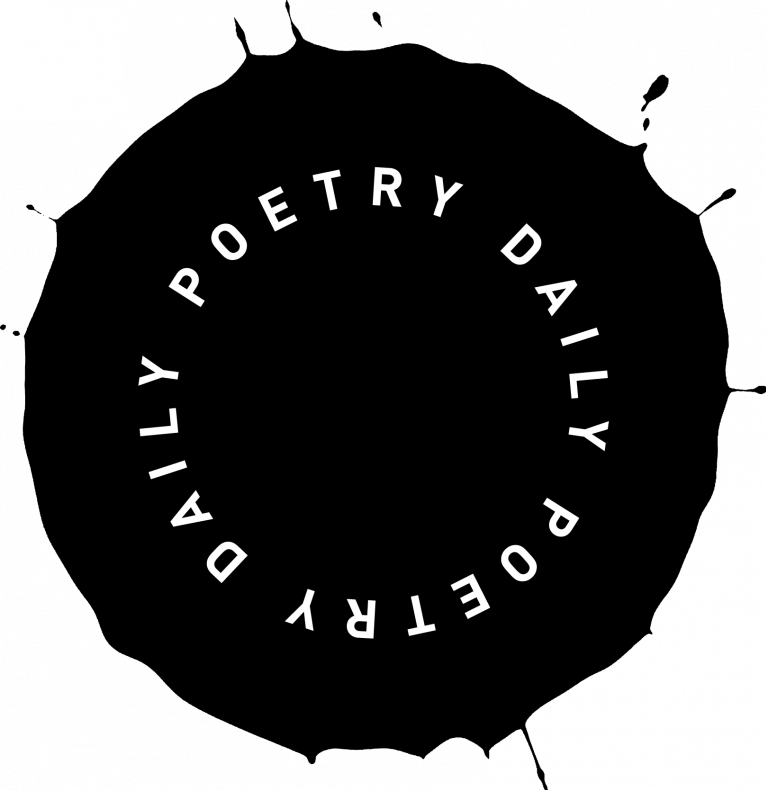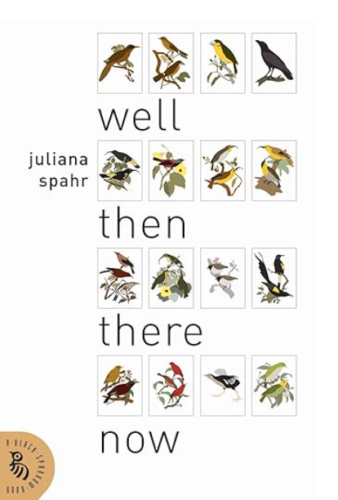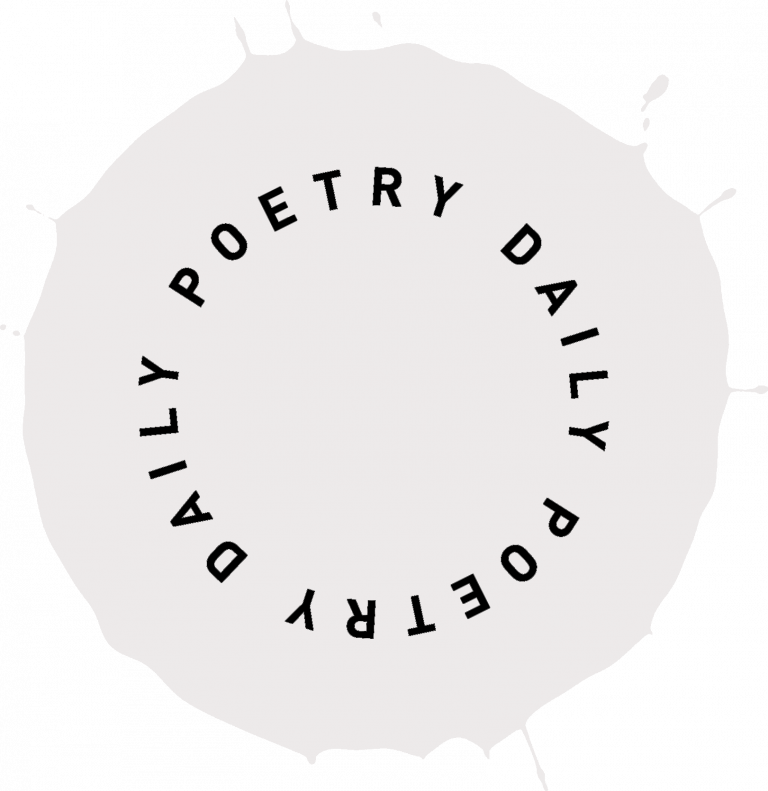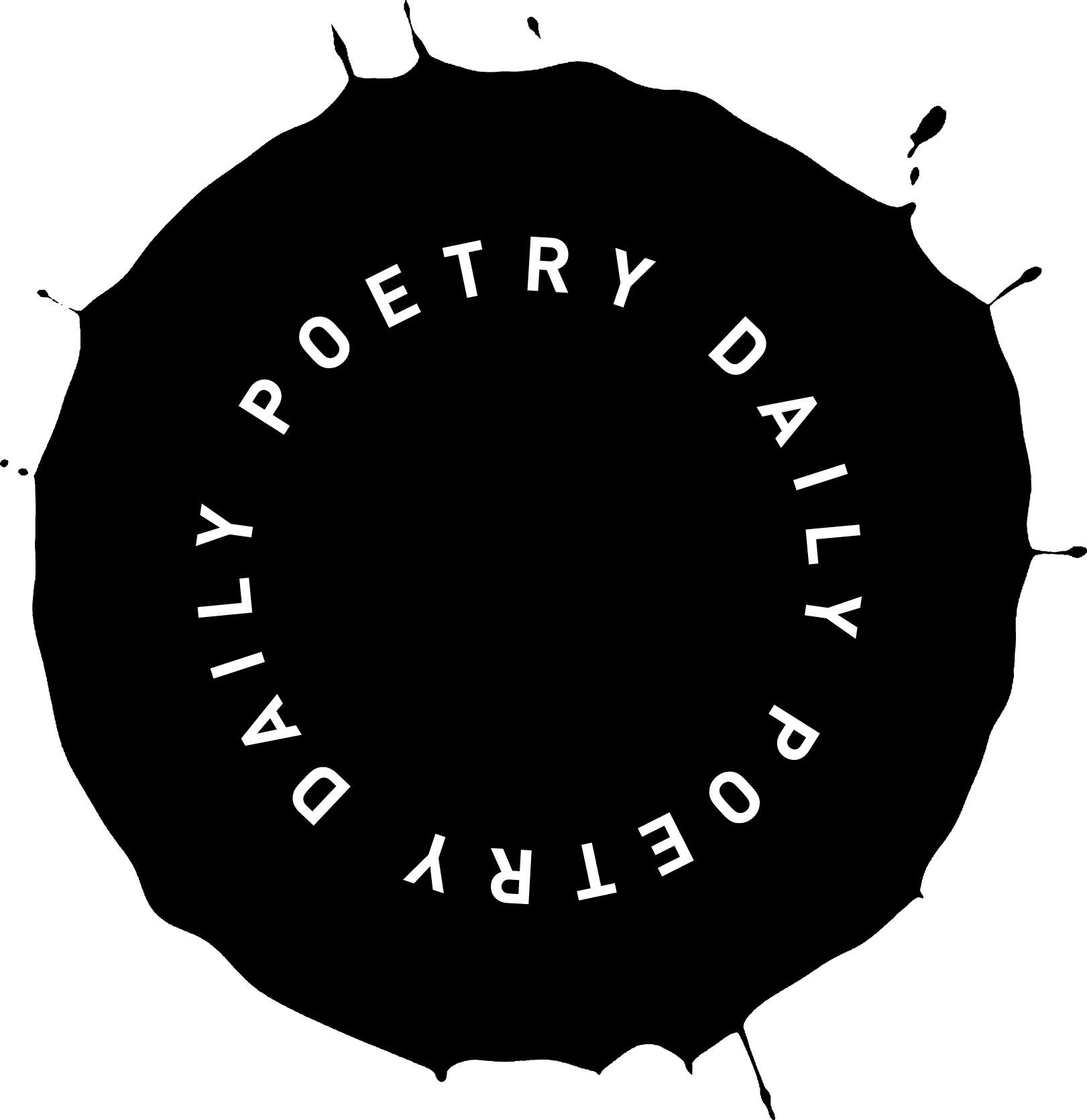With John Clare and the enclosure elegies come sheep, cows, the lark, the plover, a fish, a flock of birds, a leveret, mouldywharps, a bee, a mite, horses, cat or dog, butterflyes, a beetle, a mouse, an ass.
With Aimé Césaire’s Notebook of a Return to the Native Land come turtledoves, babbling parrots, sea birds, very strange microbes, unforeseeable fermentations of putrescible species, dozens of rats, a fat cockroach, cats and croaked dogs, a huge dog, hyena-men and panther-men, a basket of oysters, a dancing bear, a white horse, a very shy patyura, a gallop of hummingbirds, a sea urchin, obliging wasps, eight hundred camels, a sheep, tadpoles, sparrow hawk, dolphins, birds of prey, wolves, a wallow of boars, six poodles, an apocalyptic wasp, a bombilation of flies, a ghastly tapeworm, the frigates of order, dogfish, a white dog, a black serpent, Dove.
With Inger Christensen’s Alphabet come cicadas, doves, elk, eider ducks, spiders, fisherbird herons, ospreys, ptarmigans, falcons, sheep, goats and grouse, greylag geese and their young, greedy owls, occasional hares, the horse and the dog, kingfishers, polar bears, ibis, lambs, the bat’s ears, bitterns, a worm, a hawk, a grey parrot, tarn’s eye, lark’s egg, raven or starling or lark, anemones, tawny owl and nightjar, nightingale, naiads, narwhal, swallows, eagle, nestless sparrow, dove.
Three moments of ecological crisis: the tragedy of the commons; the colonization of Martinique; the atomic bomb. Three possible origins for the term anthropocene. I have chosen them for their faith in poetry to still resonate in these moments, or their reminder of poetry’s small, limited use value in the face of such catastrophes.
For a while I was convinced that it might matter what sorts of ecosystems are represented in poems. I wanted to find the poem that did it best, or at least a few poems that did a decent job. To satisfy this urge, I created a list of flora and fauna, combining various wikipedia entries (such as “Category: Insect common names” and “Category: Lists of insect species” and then the lists of those lists) and various lists of animals and birds and insects from github. This quickly became huge and clearly more inclusive than I needed, but no matter. I then wrote a simple program in Python that would count all the flora and fauna. I began, at first, by entering books one by one: works by Clare, Césaire, and Christensen. But also Ashbery and Notley and Andrews. Then I began entering in whatever anthologies I had on my drive: Cleanth Brooks’ and Robert Penn Warren’s Understanding Poetry and Robert Pack’s and Jay Parini’s Poems for a Small Planet: Contemporary American Nature Poetry and Ann Fisher-Wirth and Laura-Gray Street’s the Ecopoetry Anthology. Basically whatever I had in pdf. The program obliged, it spit out lists of flora and fauna and numbers, quickly, efficiently. My study was a poet’s study not a scholar’s: my corpus was arbitrary, eliminating broad claims. What interested me was the specifics. Oh how interesting, I said to myself, when I noticed that Césaire added dogs and horses and eliminated some humans in the 1947 version when compared to the 1939 version. Or, wow, Ashbery sure doesn’t use a lot of animals in his poems and when he does it is likely a dog. And oh, so many doves in Christensen’s work.
But after I had my fun, I can now tell you that the list of flora and fauna that shows up in ecopoetry is, unsurprisingly, a mainly unspecific thing full of trees and birds and grasses and fish and flowers and animals in the generic. One that is more birds and four-legged animals than anything else. While insects are 80 percent of the world’s species, they play but a minor role in the ecopoetry ecosystem. There are ants and bees and butterflies but little else. But once beyond that list, the world that we will be saving, if we are saving it based on what gets represented in our poems, will have humans more than any other animal, and then birds, and if birds then more likely nightingales and doves, but also fish, dogs, horses, lions, snakes, cats, wolves, buffalo, and frogs… It will have the suburban mainly and within this suburban landscape a few of the charismatic megafauna—buffalo, wolves, bears—will, as tends to be true right now, exist in small protected pockets.
But what to make of these lists of attentions and then the inevitable list of inattentions? Are the poems we write to and about the thing we call nature a danse macabre, a reminder of our vanities? Or an elegy, a reminder of our losses? Or a call to action, a reminder of our possibilities? Are poems with more diverse ecosystems better than poems without? I find all these questions impossible. At a minimum the ecosystems in poems challenge some of the optimism that defined the field of ecocriticism at its beginnings, the sorts of claims that poetry can direct our attention, can help us notice the loss, and then move us to action. It doesn’t really notice that much it seems.
The other day I was talking with a colleague in the sciences. She was arguing with me about poetry, it helps scientists see things she insisted. She told a story of using Robert Frost’s “Fire and Ice” to begin a climate change class. I was talking to her about the other direction, the belief that the study of flora and fauna is what makes poetry. I was there to talk to her about proposing a minor with a series of classes that explored these issues, a minor that I was calling Art in Extreme Environments. My idea was that the minor would be anchored by a climate change class taught by my colleague. And then students would choose among a series of arts classes in different areas: a class in botanical drawing that looked also at the relationship between colonialism and aesthetic conventions, pondered how to represent a changing ecosystem in the drawing of a plant; a class in hard science fiction literature; a class in the challenges of writing climate change that began with Amitav Ghosh’s claim that literary fiction is unsuited for climate change; a class in soundscapes and bioaccoustics that used listening to identify biodiversity loss and environmental degradation; another in movement practice attuned to interspecies interdependence and resonance with deep geologic time. The minor got killed due to various internal fights over who could propose arts classes (it turns out that when the college where I teach merged with a large global polytechnic university that we gave up the right to propose courses in the arts, any area of the arts). But to be honest, no one was convinced it would enroll anyway. Do people really want to study this sort of thing? one administrator, an engineer, asked me, slightly puzzled. I shrugged; I didn’t know the answer. But I was convinced that if one was going to study arts, at least what I had taken to calling the non-capitalist arts, that there was no more interesting set of questions.
I began with a Clare-Césaire-Chistensen triangle. I did not mention The Kumulipo in the beginning. It is a poem that is said to be composed around 1700 by Keaulumoku, who like Homer may or may not be an avatar for a collective poet. Like many creation chants it narrates the genesis of the world by listing a series of births. Unlike many creation chants, it tracks an evolutionary course, moving more or less up a phylogenetic chain. So the list begins with slime, then coral, then the burrowing worm, then the starfish, the sea cucumber, the coral-dwelling sea urchin, the kumimi crab, the whale. Humans do not show up until the eighth section of sixteen. The chant is enumerative, but not merely enumerative. In the list of flora and fauna that the Kumulipo includes, humans come after birds, bats, and fish and before octopus, coral, and eel. I know of almost no examples of a poem with such an ecosystem, such a hope, such a possibility, such a reminder. And if I had to start to try to figure out what poetry is in this moment of ecological crisis, I might start there.
Four books
John Clare, Major Works (Oxford U P, 2004)
Aimé Césaire, Notebook of a Return to the Native Land, tr. Clayton Eshelman and Annette Smith, (Wesleyan U P, 2001)
Inger Christensen, Alphabet, tr. Susanna Nied (New Directions, 2001)
Kumulipo, tr. Rubellite Kawena Johnson (Topgallant Publishing Company, 1981)




